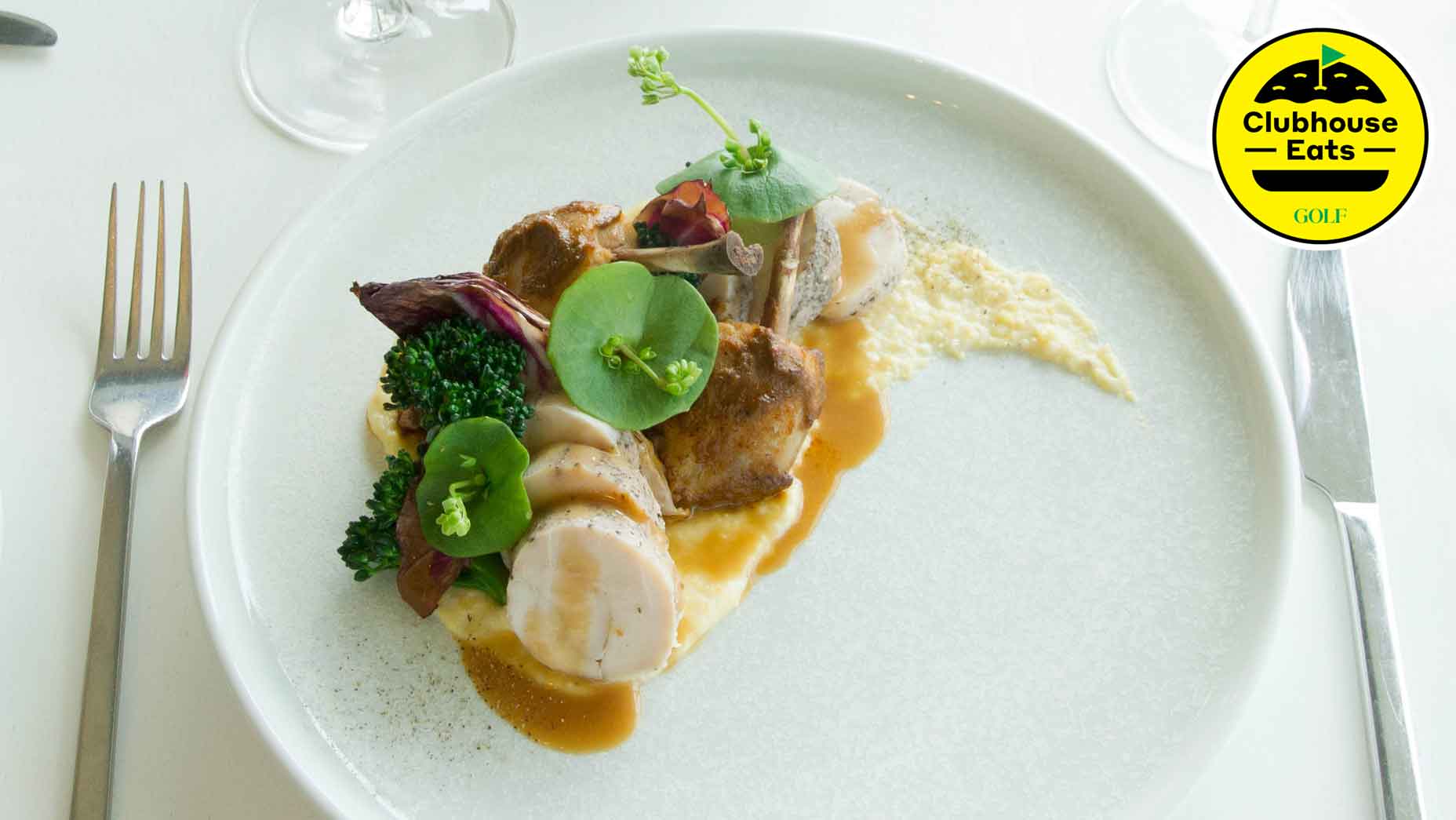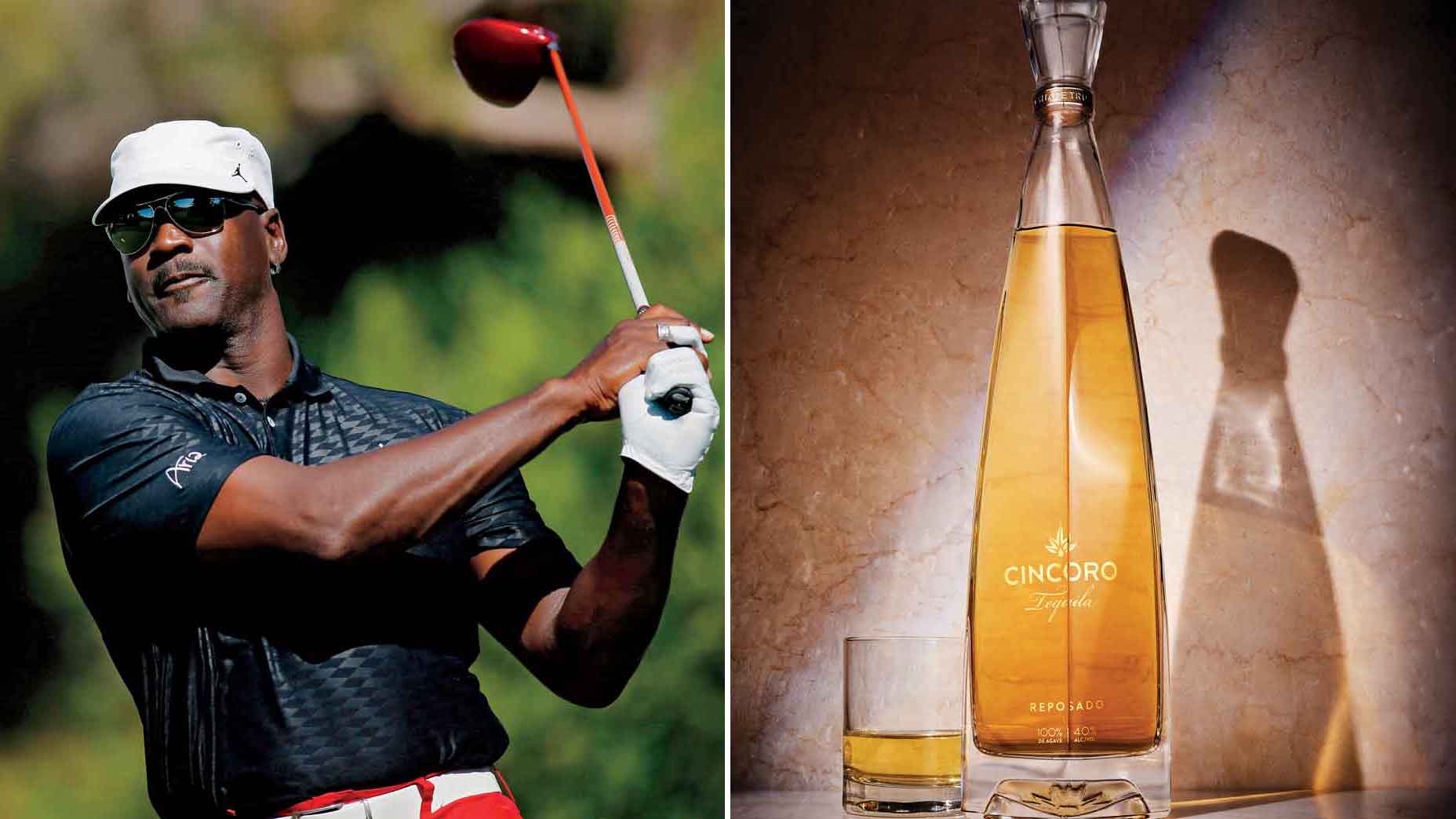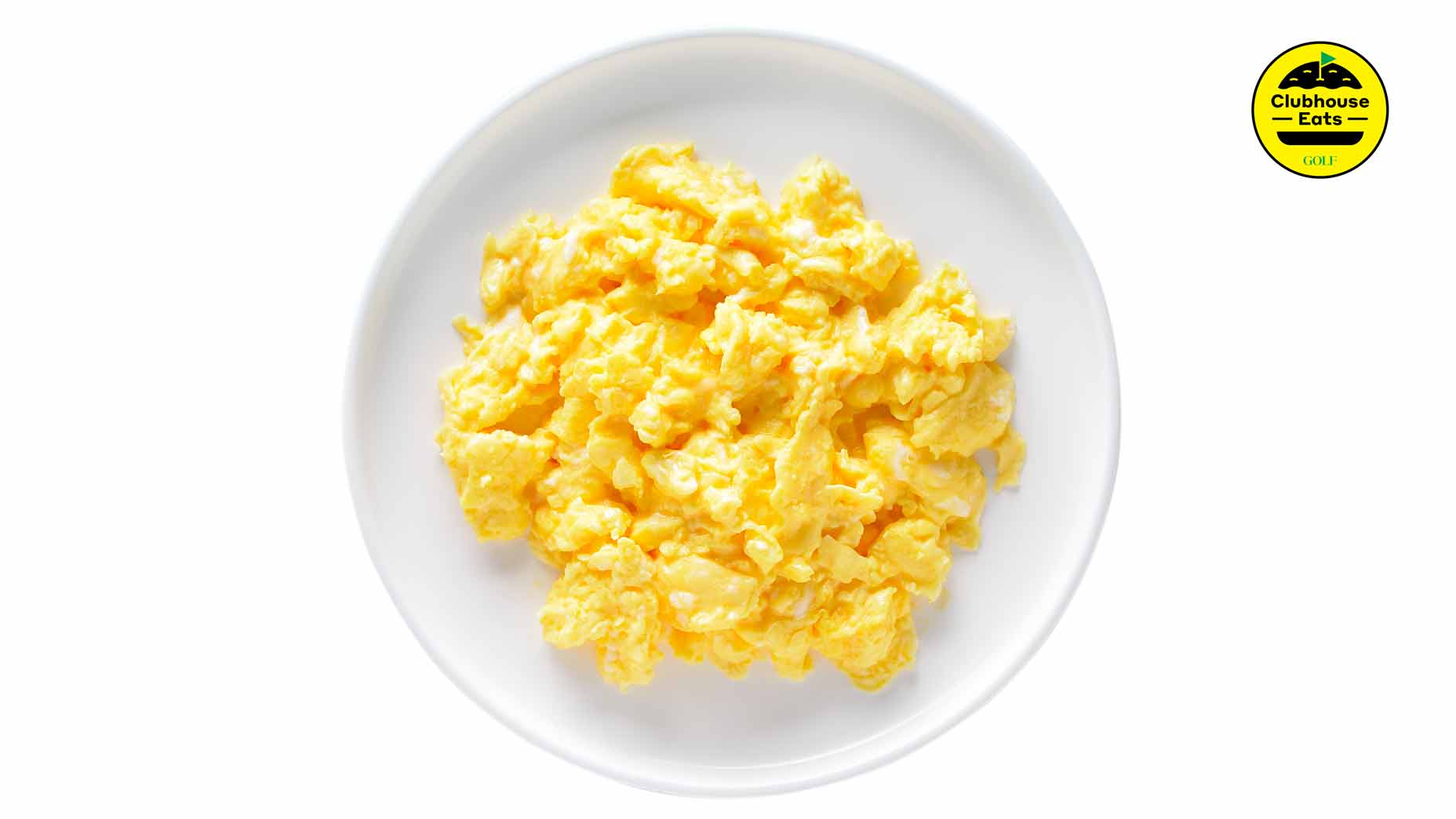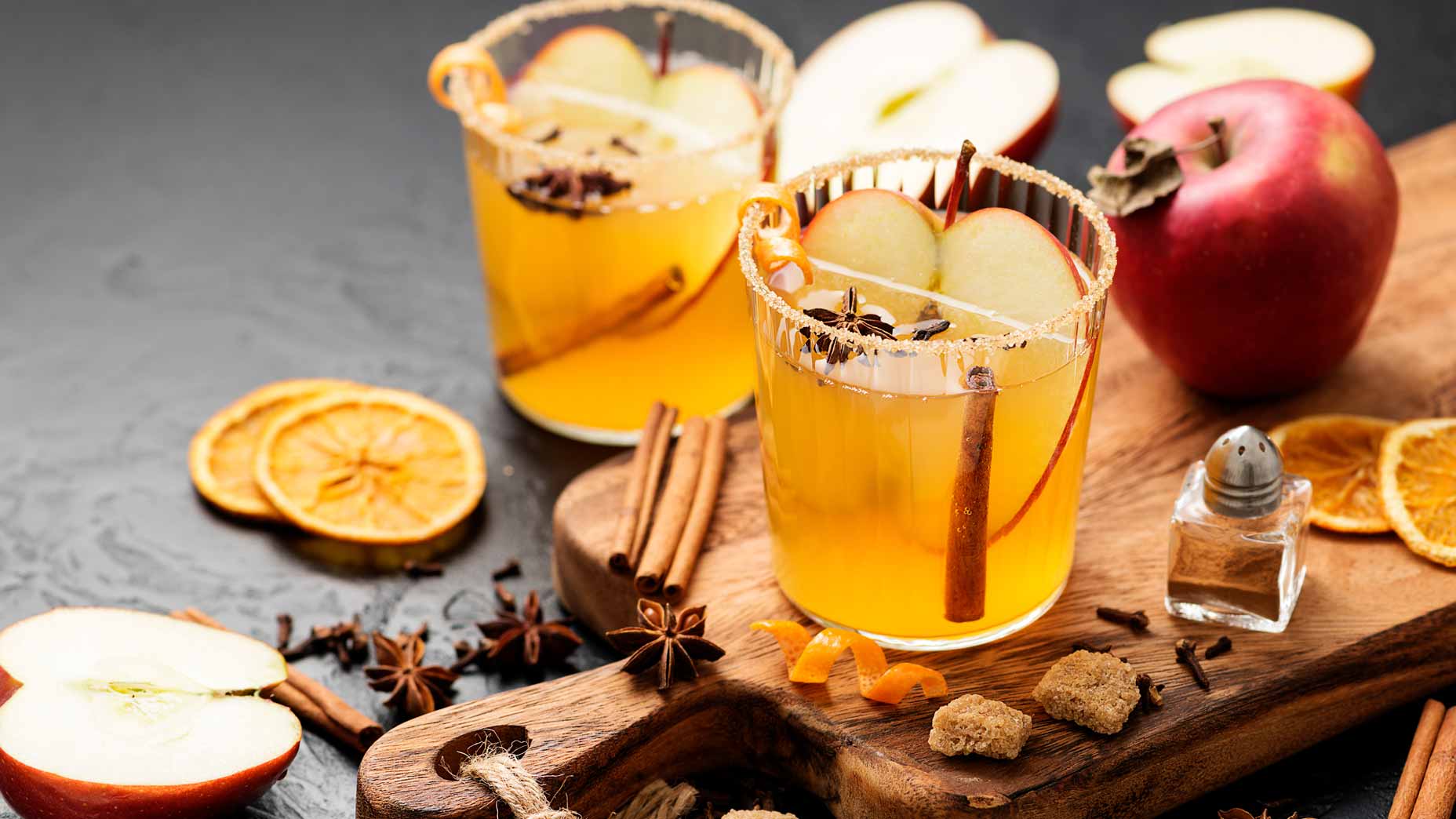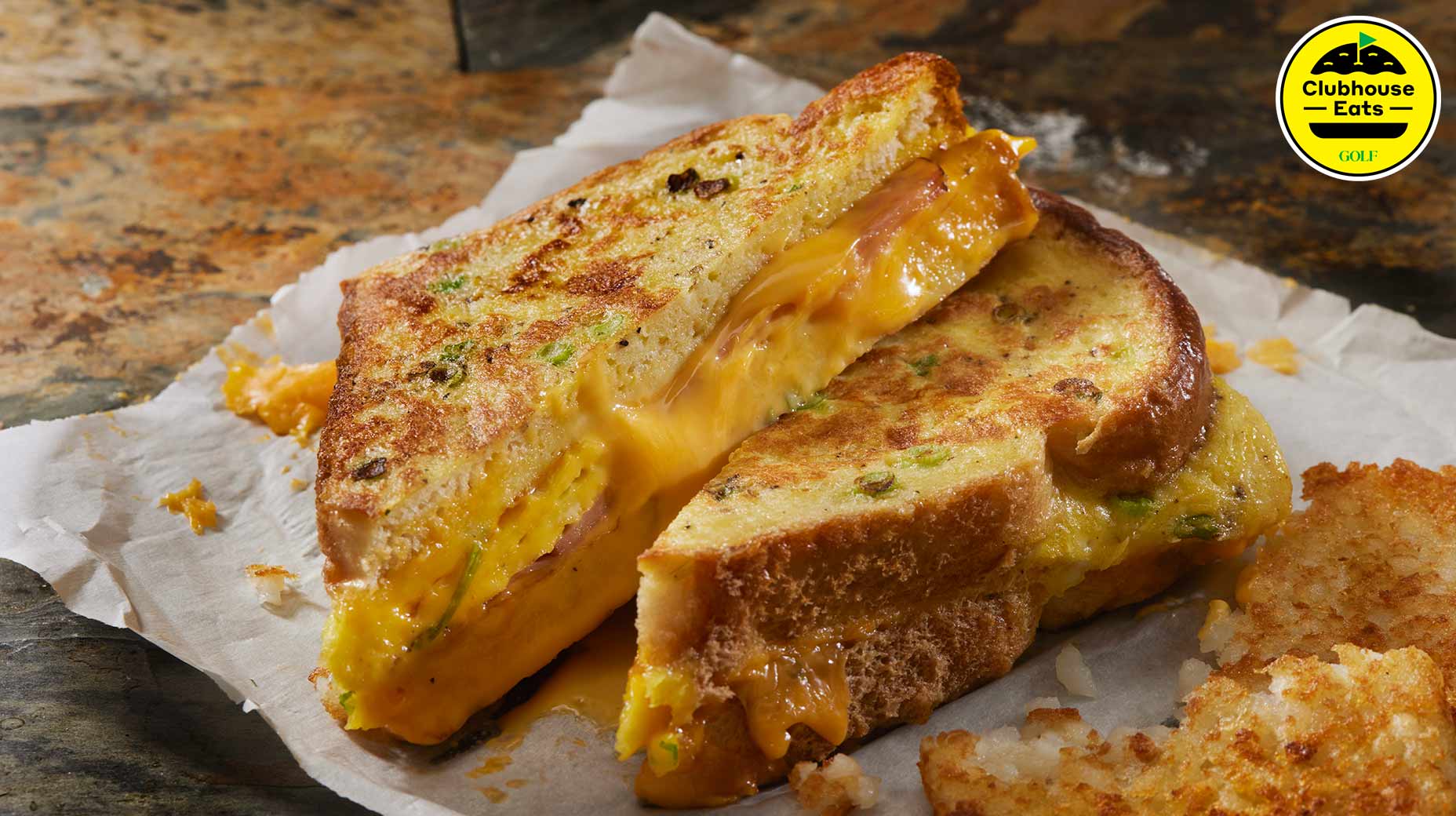How to make the perfect roasted chicken, according to a golf club chef
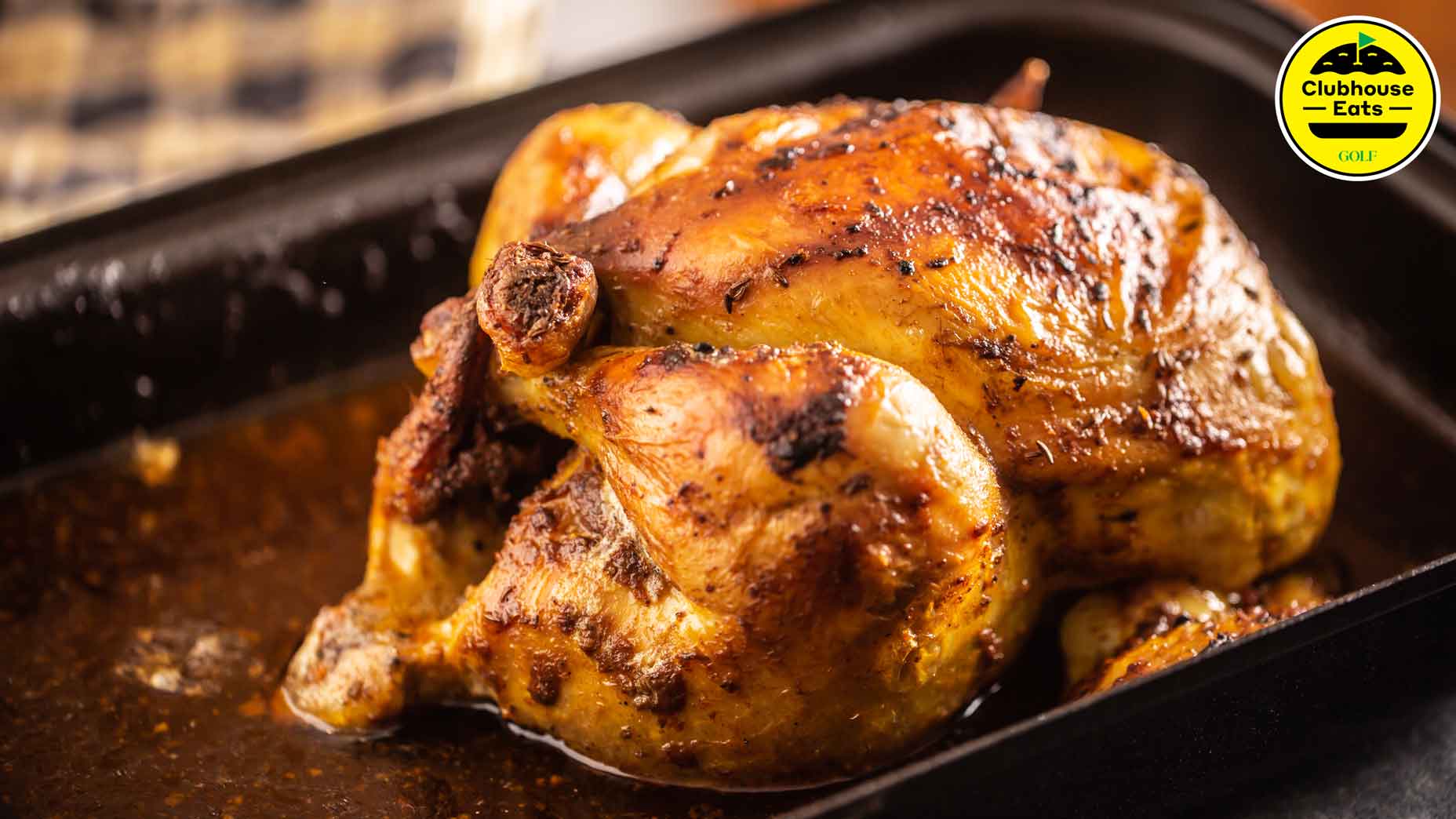
Getty Images
Just as every golfer needs a go-to shot, every home cook needs a go-to dish, a reliable weeknight staple they can lean on in a pinch.
Like a squeeze fade off the tee, roast chicken isn’t flashy, but it’s beautifully effective, a gratifying entree that anyone can pull off under pressure, provided they follow a few fundamentals.
Matthew Gilbert is executive chef at Medinah Country Club, in Medinah, Ill. We asked him for his guidelines for roasting chicken right.
Size matters
It’s basic bird biology: Light meat cooks faster than dark meat, which means the breasts often dry out before the legs and thighs are done. The larger the chicken, the trickier it is to cook everything evenly. For that reason, Gilbert recommends a smaller bird, about 3 to 4 pounds, which, he says, “yields great results with a crispy skin and juicy cooked leg and breast throughout.”
A better bird
Not all chickens are created equal. “Think about the great difference between a beautiful, garden-picked heirloom tomato and the tennis ball-firm, mass-produced tomato in the cheapest supermarket,” Gilbert says. The same disparities apply to poultry. “A cheaply produced commodity chicken will not even be in the same planetary orbit as a high-quality organic chicken.” Choose your chicken wisely, he says.
Taking the chill off
Everybody needs a warmup. Just as you wouldn’t want to rush from the car to the first tee, you shouldn’t rush your chicken from the fridge to the oven. Because an ice-cold bird won’t cook evenly, give your chicken time to temper, leaving it at room temperature for 30 minutes and patting dry any moisture before putting it to roast.
Cooking times and temps
A 3-and-a-half to 4-pound chicken should take about 75 to 90 minutes to roast at 375 degrees. But that’s just a rough guideline, and different recipes rely on different formulas. There is no hard-set rule. The better test of doneness is temperature, not time, so invest in a probe thermometer, Gilbert says, that you can insert into the breast and leg. You’re looking for an internal temperature of 165 degrees.
Inside tips
Nothing wrong with stuffing. Just don’t cook it inside the bird. It’s a matter of food safety, Gilbert says, as uncooked juices from the chicken can mingle with the stuffing, creating an environment ripe for bad bacteria. Not that you need to leave the cavity empty. Filling the chicken with other ingredients, such as lemons, onions and herbs, can provide “an aromatic boost” and won’t interfere with the cooking process. Just don’t serve them with your meal.
Truss yourself
Trussing is not required, Gilbert says. But in a professional kitchen, “we love to have the things that we cook be even and compact.” So, they tie up the bird, tethering the legs and wings close to the body with kitchen twine. It’s a relatively simple step that leads to even browning and a beautiful presentation. Still, Gilbert says, you can get away without it, because “a chicken that goes into a hot oven in any form will eventually come out cooked.”
To baste or not to baste?
Truth is, it’s probably a waste. At Medinah, Gilbert says, he and his staff butter-baste certain steaks, but they don’t baste chickens or turkeys. Why? “Because we brine them,” Gilbert says. Brining promotes moist and tender meat, and it’s a better method for birds than basting, which Gilbert says, adds “liquid to a skin that you are working hard to make crispy.”
Brines, salts and rubs
There are countless ways to season a bird. Brining takes time, “but that investment will pay dividends when it comes to flavor, tenderness and juiciness.” A basic brine is made of salt, sugar and water, but don’t hesitate to add onions, garlic, herbs and spices. Just boil the brine to incorporate the flavors, then let it cool down before submerging the chicken in it for anywhere from 12 hours to a couple of days. Once the chicken is removed from the brine, air-drying it in the refrigerator for a day or longer is a great way to promote a deliciously crispy skin.
If you don’t have time to wet brine, a dry brine can work beautifully, too. That means a similar mix of ingredients, rubbed generously on and under the skin and left to air-dry in the refrigerator for at least eight hours. Moisture is the enemy of a crispy bird, and the salt in a dry brine is a good way to combat it.
Rubs, Gilbert says, “are another fun route to take, and the kitchen cabinet provides a wonderland of flavors.” BBQ-style rubs. Thai lemongrass and ginger. North African ras el hanout. Indian garam masala. The world is your oyster. “There are literally hundreds of flavors to explore here,” Gilbert says.



